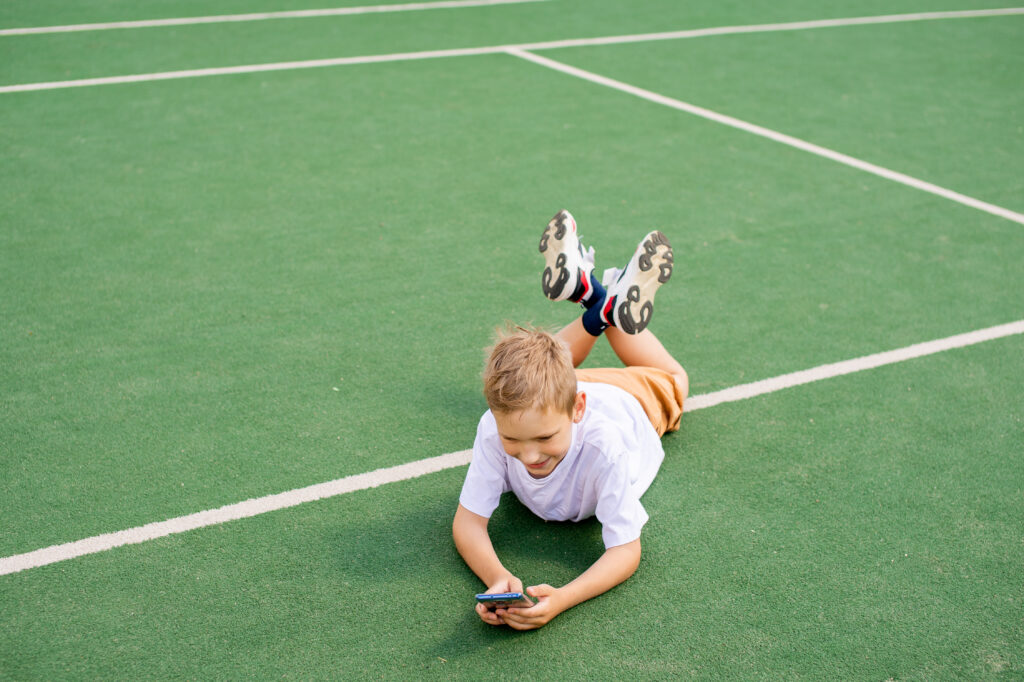In an era where digital devices are ubiquitous, a study from Brazil by Leonardo S. Fortes and colleagues in 2020 sheds light on the impact of mobile phone use on soccer performance. This finding is alarming, highlighting significant concerns about the role of technology in our lives, particularly in professional sports.
Digital media does impair visual and cognitve abilities
The study’s findings suggest that the widespread use of digital media and the associated lifestyle not only decrease physical activity but also impair visual and cognitive abilities. These skills, which were once naturally developed through outdoor play and physical activities, suffer due to the “near focus” on screens and the consequent limited movement.
The implications are extensive. Impaired field of view, eye coordination, and spatial vision, along with diminished concentration, are just a few of the adverse effects brought about by excessive use of mobile phones and tablets. Furthermore, the number of overweight children has dramatically increased—a situation exacerbated by prolonged sitting and inactivity.
We need to train it. But we need to do it right
This trend poses a significant challenge for sports. Youth performance centers, schools, and universities have been voicing their concerns about the negative impacts of digitalization on young athletes for years. Addressing this issue requires a balanced approach to digital device usage and the targeted enhancement of visual and cognitive abilities through specialized training.
A focused visual and cognitive training regimen, which also includes motor skills, can play a significant role in not only mitigating the negative effects of digital media but also in systematically fostering these essential abilities. Such training approaches are grounded in scientific research and consider the key elements necessary for effective enhancement.
However, attempting to counteract the negative effects of digital devices with even more frequent use is fundamentally flawed. Numerous studies have demonstrated that computer-based training leads to improvements only in the context of the game itself, i.e., on the computer, with little to no transfer to real-world applications.
The challenge lies in navigating the fine line between the unavoidable digitization and the healthy development of individuals, athletes, and children. As a society, and particularly as supporters of sports, we must implement measures to counteract the adverse effects of mobile phone usage while leveraging the benefits of digitization. This demands a shift in mindset and a readiness to explore new avenues in the training and development of athletes.

SKILLCOURT- An Efficient Solution that bridges the gap
SKILLCOURT offers a groundbreaking approach to training by simultaneously and playfully targeting visual, cognitive, and motor skills. This scientifically supported method allows for effective training that combines the benefits of technology, AI, and software with human development, offering the best of both worlds. Its applications extend beyond elite sports and military training to include rehabilitation for individuals of all ages, addressing conditions such as ADD in children and combating dementia in the elderly.”



